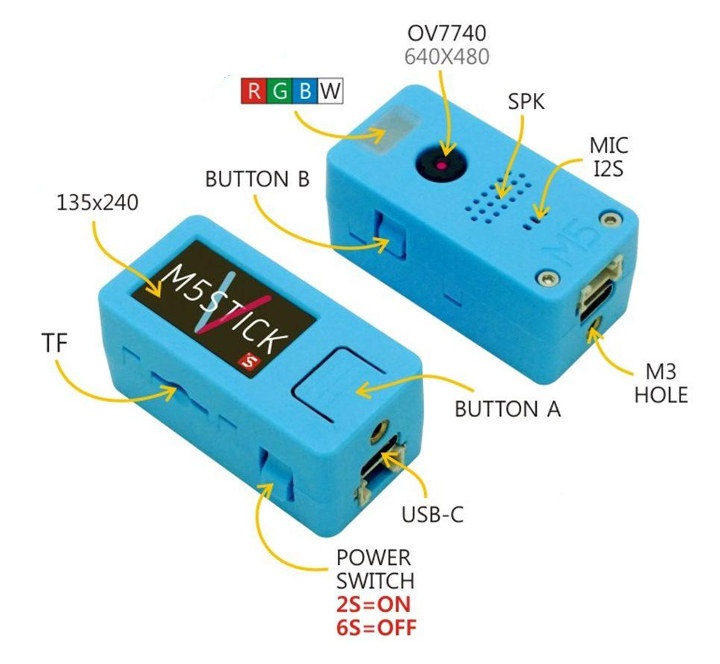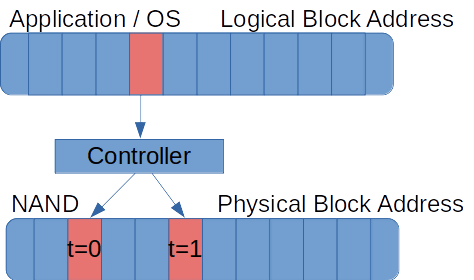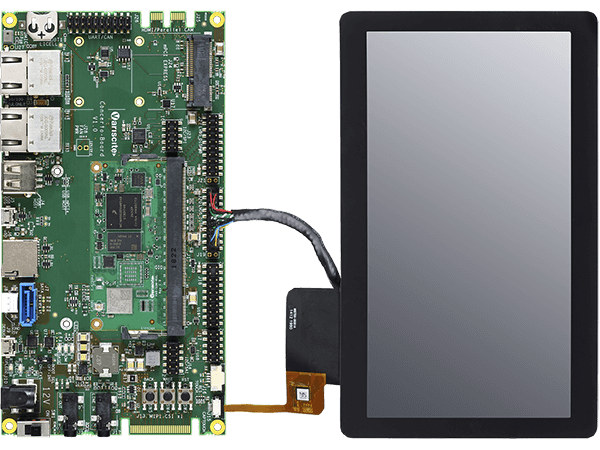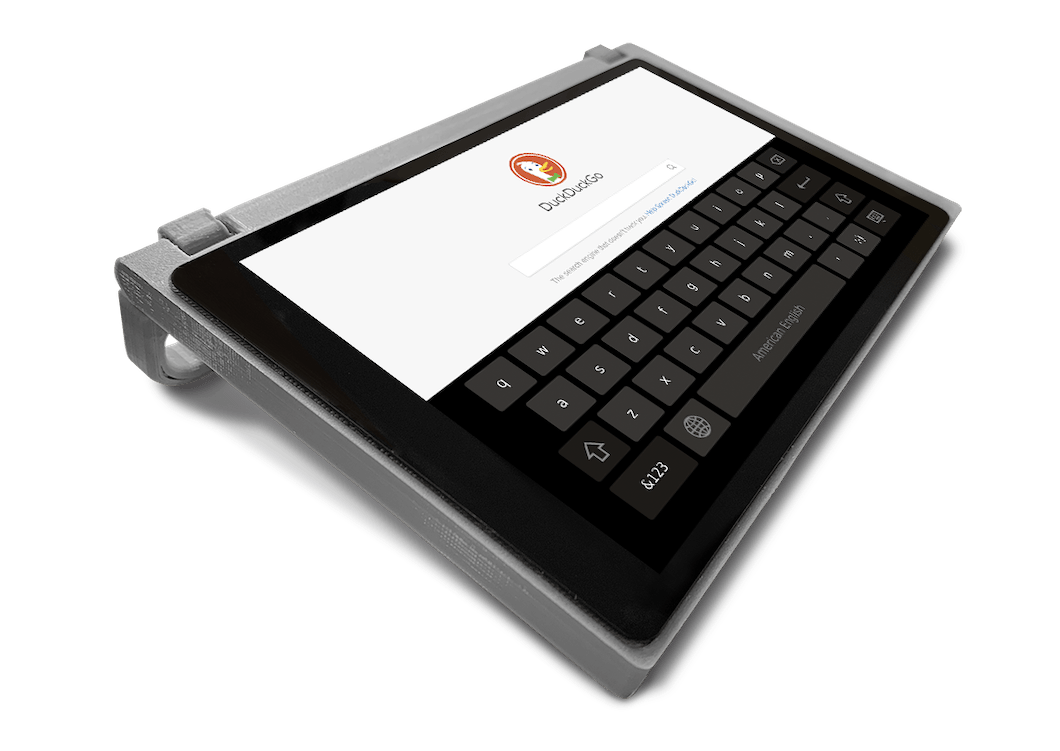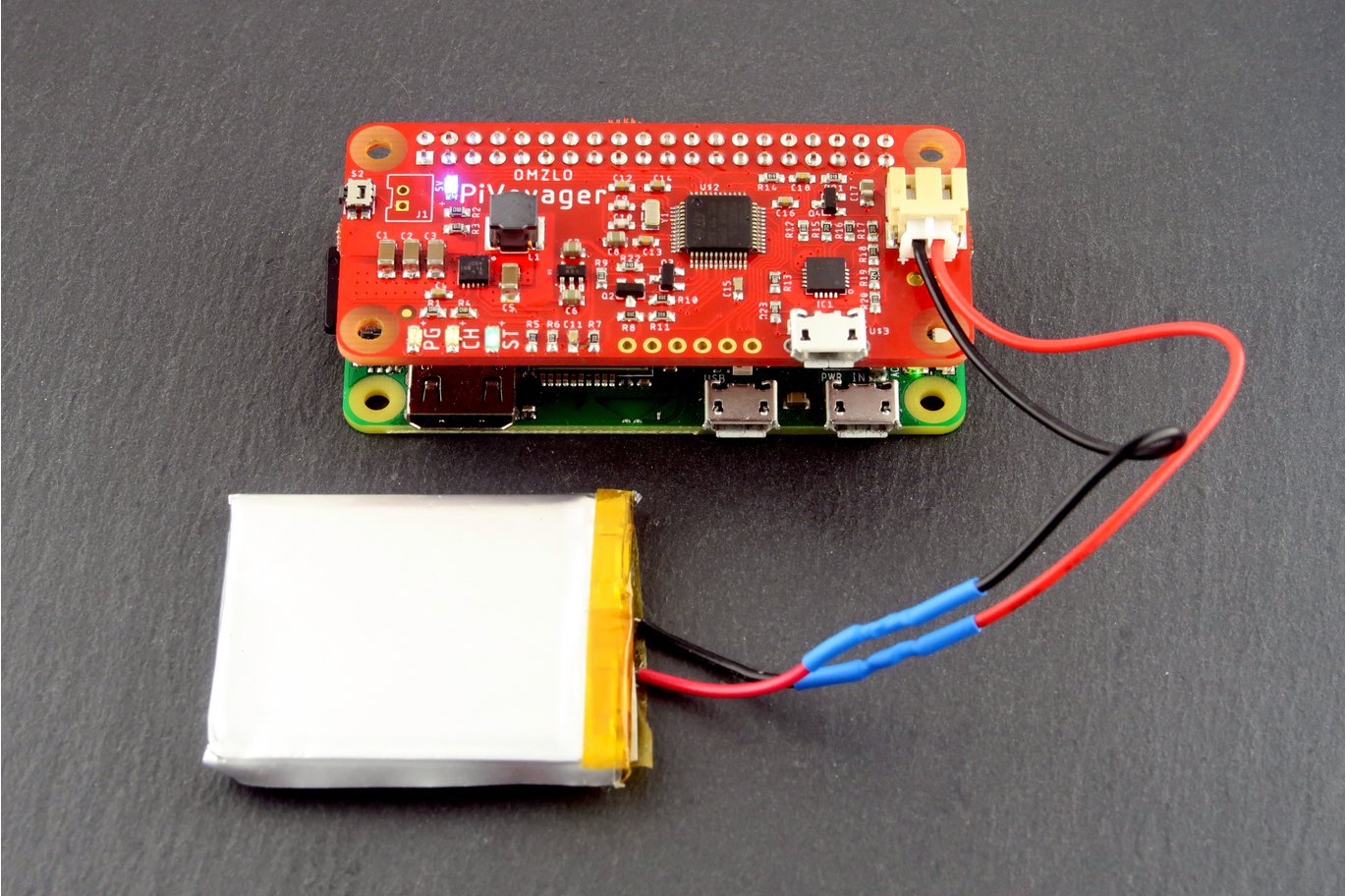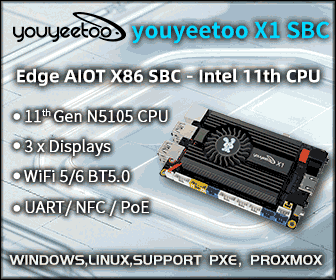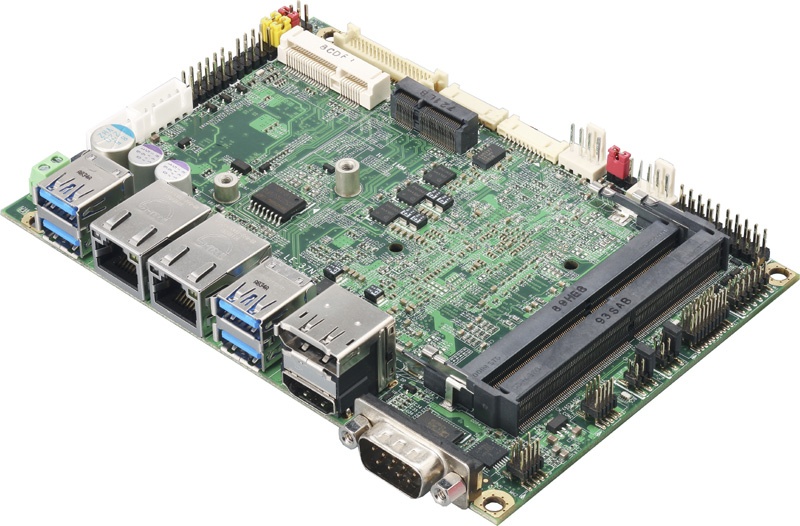I’ve just started to play with Maixduino board based on ESP32 WiSoC and Sipeed M1 module that enables AI tasks such as object detection thanks to built-in AI accelerators found in Kendryte K210 RISC-V processor and noticed references to M5Stack M5StickV in firmware file names. Somehow I never wrote about M5Stack, but the company provides modular ESP32 IoT development boards that can be stacked with various modules to easily and quickly build prototypes. M5StickV is one of those modules and is similar to Maixduino kit with camera and display, minus WiFi + Bluetooth connectivity, except that everything nicely packed into a cute module. M5StickV hardware specifications: SoC – Kendryte K210 dual-core 64-bit RISC-V processor @ 400MHz with dual independent double-precision FPU, 8MB on-chip SRAM, Neural Network Processor (KPU) @ 0.8Tops, Field-Programmable IO Array (FPIOA), and more Storage – 16MB flash, microSD card slot Display -1.14″ SPI display with 240×135 resolution […]
Wear Estimation for Devices with eMMC Flash Memory
CNXSoft: This is a guest post by Marcel Ziswiler, Platform Manager – Embedded Linux, Toradex and Leonardo Graboski Veiga, Technical Marketing Engineer, Toradex related to Marcel’s upcoming talk “Wear Estimation for Devices with eMMC Flash Memory” at the Embedded Linux Conference 2019 later this month. Flash memory has been an important topic in embedded systems for decades. It allows for drastic improvements to the size and robustness of electronic devices compared to other storage technologies. Other benefits of flash storage include a lack of moving parts and reduced power consumption. However, the challenges that come with flash memory are not as widely publicized in consumer electronics. Among them are limited durability and greater software complexity. As shown in Figure 1, flash memory is everywhere in our daily lives, ranging from devices used specifically to store data, such as thumb drives, SD cards and SSDs, to other consumer electronics that use […]
Variscite VAR-SOM-6UL System-on-Module Supports NXP i.MX 6UltraLite, i.MX 6ULL, or i.MX 6ULZ ARM Cortex-A7 Processor
Variscite has just announced the launch of the VAR-SOM-6UL System-on-Module (SoM) powered by a choice of NXP’s i.MX 6UltraLite / 6ULL / 6ULZ Arm Cortex-A7 processor clocked at up to 900MHz CPU clock and based on the company earlier DART-6UL module while integrating an additional LVDS bridge option, all packed in SO-DIMM200 form factor to fit the VAR-SOM Pin2Pin family. The module is optimized for power, size, and cost, and supports dual Ethernet, dual USB, audio, CAN Bus, camera, optional single or dual-band WiFi, Bluetooth BLE, Touch, ADC, PWM, as well as support for industrial temperature grades with -40 to 85°C range. Variscite VAR-SOM-6UL specifications & key features: SoC – NXP i.MX 6UltraLite / 6ULL / 6ULZ ARM Cortex-A7 with optional security features up to 900MHz CPU Clock with 2D Pixel acceleration engine System Memory – Up to 1024 MB DDR3L Storage – 512 MB NAND / 64 GB eMMC […]
CutiePi Open Source Tablet uses Raspberry Pi Compute Module 3
The announcement of the CutiePi, an open source tablet-based on the Raspberry Pi Compute Module 3 comes a bit late for the Pi-based tablet/laptop space. We have reported on some of the more versatile tablets using the Raspberry Pi platform, the Diskio Pi 13.3” DIY Tablet and the RasPad tablet kit, with a few more Raspberry Pi-based tablet/laptop kits also listed in the same article. Timeline and Pricing CutiePi Tablet has no firm release date, but the company is saying late 2019 for launch. The development team is also saying everything is subject to change, but look for the pricing to be USD $150 – $250. Click to Enlarge How CutiePi is Different The tablet is different in its thinner design and in the software designed specifically to use Linux Raspbian OS for a touch screen platform. There are readily available source code and case plans for the ambitious developer […]
The Visible Lisp Computer Runs on Adafruit ItsyBitsy M0 Board
Specified in 1958, Lisp is one of the oldest programming languages, and it does not appear to be widely used anymore. But if you want to play around with the 61 years old language, you may want to do so in a neat way via the Visible Lisp Computer, a Lisp interpreter that displays the contents of the Lisp workspace on an OLED display. It is a modified version of Technoblogy’s uLisp interpreter for Arm boards designed to run on Adafruit ItsyBitsy M0, or other boards based on Microchip ATSAMD21E MCU on a prototyping board, connected to a 64×48 OLED display over I2C. uLisp gives you a workspace of 3072 free Lisp objects (each of 8 bytes) on this hardware, which exactly matches the 3072 pixels (64×48) from the display. Having said that the program would also work on larger SSD1306-based OLED displays. The display shows free Lisp objects in […]
PiVoyager is a UPS for the Raspberry Pi With a Real-Time Calendar Clock
The Raspberry Pi is a powerful SBC (Single Board Computer), and aside from being used for everyday computing stuff, the Raspberry Pi can be embedded as the brain of various projects. Using the Raspberry Pi for standalone projects do create some concerns about power. How do I power the Pi? Should I get a power bank? Or maybe I need a longer wired connector. If powering your Raspberry Pi based project has always being a concern to you, then you don’t have to worry about it again with the introduction of the PiVoyager. The PiVoyager is an uninterruptible power supply (UPS) for the Raspberry Pi specially designed to work with standard Li-Ion or LiPo batteries. It is shaped in the form a Pi Zero HaT making it fully compatible with PiZero form factor, but nevertheless, it will still work with any Raspberry-PI having the conventional 40-pin header found in the Pi […]
Embedded Linux Conference (ELC) Europe 2019 Schedule – October 28-30
I may have just written about Linaro Connect San Diego 2019 schedule, but there’s another interesting event that will also take place this fall: the Embedded Linux Conference Europe on October 28 -30, 2019 in Lyon, France. The full schedule was also published by the Linux Foundation a few days ago, so I’ll create a virtual schedule to see what interesting topics will be addressed during the 3-day event. Monday, October 28 11:30 – 12:05 – Debian and Yocto Project-Based Long-Term Maintenance Approaches for Embedded Products by Kazuhiro Hayashi, Toshiba & Jan Kiszka, Siemens AG In industrial products, 10+ years maintenance is required, including security fixes, reproducible builds, and continuous system updates. Selecting appropriate base systems and tools is necessary for efficient product development. Debian has been applied to industrial products because of its stability, long-term supports, and powerful tools for packages development. The CIP Project, which provides scalable and […]
Commell LE-37N 3.5″ SBC is Powered by Intel Whiskey Lake-U Core i7-8665UE Processor
Commell has announced its 3.5” LE-37N SBC run by the 8th generation Whiskey Lake-U quad-core processor. The board has support for triple displays, 4x USB 3.1 Gen 2, 2x SATA III 2x GbE, M2 and Mini-PCIe. Previously we reported on the ASRock IMB-1216 mini-ITX board powered by a choice of Whiskey Lake-U SoCs, as well as the crowdfunded UP Xtreme Whiskey Lake-U SBC. LE-37N Whiskey Lake-U SBC The LE-37N miniboard platform is specifically designed for the Whiskey Lake-U Intel processors with the FCBGA1528 sockets. But it was built with the quad-core, 8-thread, 1.7 GHz Core i7-8665UE with an 8MB cache, 15W TDP and 24 EU Intel Generation 9.5 HD Graphics. It supports DDR4 memory in two SO-DIMM 2400 MHz slots for up to a total of 32GB. The 8th Generation Whiskey Lake-U i7 processor is more power-efficient and supports Linux and Windows OSes. Extra Features and Display Options There is […]


